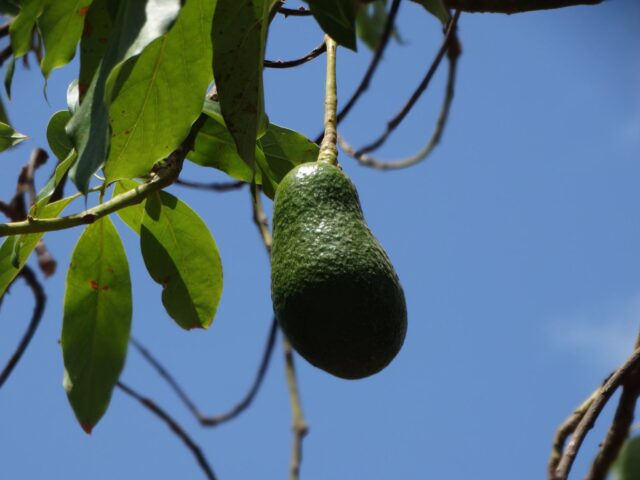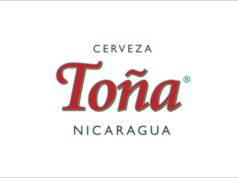So far this year (January-August 2023) the production of Nicaraguan avocados has increased by 13% compared to the same period last year. This equates to almost 12 million fruits produced.
Many of the fruits (52%) are consumed locally, leaving 48% for regional exportation to Honduras, El Salvador, Guatemala and Costa Rica.
Those businesses investing in avocado production are practicing new techniques that increase the size and overall quality of the avocado. This has allowed for a 5% increase in exports (5,234 metric tons) so far this year.
The three main regions that combine to provide 1,214 Manzanas (2,113 acres) or 81% of the total growing area for Nicaraguan avocados are situated in the departments of Masaya, Carazo and Rivas.
Another 226 Manzanas (393 acres) make up the other 19% located in the departments of Managua, Granada, León, Chinandega, Jinotega, Estelí, Madriz and Río San Juan.
The commercial avocado industry is in a fairly infant stage with 40% of the plantations being over 6 years old and providing stable fruit production. Coming up is 29% of the production beginning to bear fruit on trees that are 3 to 6 years old and another 31% which are under 3 years old and will fruit in the upcoming years.
Benik (aka Benick) Variety
Almost 70% of the avocados being grown in Nicaragua by producers are the “purple when ripe” variety known as Benik, a Guatemalan type avocado. Others grown are Simpson, Hass and Choquette, among others.
The pear shaped Benik avocado has a rougher, medium-thick skin which turns a maroon/purple color when ripe, thereby helping the consumer select the level of maturity they desire (see ripening tip in trivia below.) It has a medium-sized stone and its yellow flesh has a rich flavor. The Benik avocado has a good resistance to lack of water and grows successfully in tropical conditions with humidity.
Avocado Trivia
To ripen your avocado faster, place it in a brown paper bag with an apple or banana. The ethylene gas (a natural plant hormone) which these fruits help release will aid in ripening of the avocado.
Source; El 19







